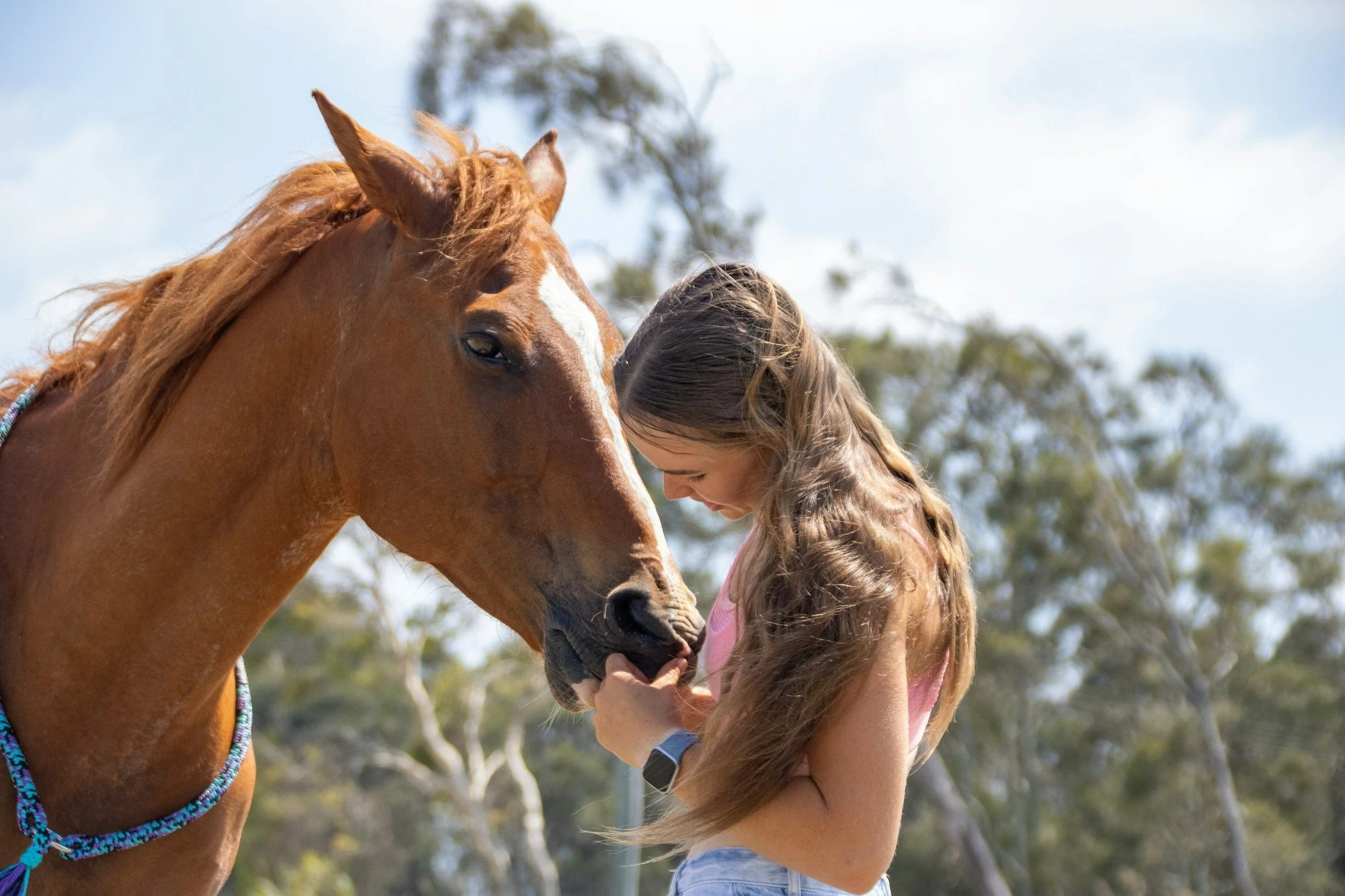
Our mission is to make whole, to protect, to heal and restore traumatized youth.

We strive to do that by providing the following:
Rescue endangered and damaged youth by interrupting and replacing destructive and unhealthy environments and cycles of harm with an emotionally, physically and psychologically safe, wholesome, and protected atmosphere of natural and simple beauty.
Offer within that safe haven consistent and capable mentoring, a wide variety of therapeutic interaction and activity, and individually targeted learning and teaching. — with the belief that these safeguards will create a readiness where intrinsic and spontaneous recovery may occur.
Supplement natural developmental healing in this environment with the availability of holistic arts that serve to nourish the minds, bodies, and souls of children and adolescents suffering from traumatic life experiences, severe dysfunction, and the ravages of substance abuse.
Nurture the individual spiritual growth of each child as unique, personal, and self-directed.
Help growing individuals discover their inner gifts as a source of meaning, inspiration, and healing.
Restore damaged youth to their communities with the skills and support required to transition to higher levels of functioning as healthy citizens, thus breaking generational cycles of despair and dysfunction.
The youth Sozo Youth Sanctuary Foundation serve are at risk of failing socially, emotionally, and educationally.
As professional educators in the public school system for the past 20 years, we have a wealth of knowledge about young people, particularly youth at risk.
Sozo Youth Sanctuary Foundation’s goal is to bring holistic healing to traumatized youth, regardless of their ability to pay. We bring practical and appropriate therapeutic and psychosocial opportunities to traumatized children and adolescents who have no other funding. A self-sustaining foundation can provide the financial stability and longevity to create a prototype for child and adolescent care that is beyond the scope of anything contemporary treatment facilities offer in these times – because these are truly different times.
These interventions may include innovative approaches to re-engagement as well as clinical interventions. They have historically and may yet include: positive, supervised, athletic or creative growth activities such as Little League fees and pottery classes; trauma-informed therapy; art therapy; bodywork and massage therapy; medical attention not covered by insurance or Medicaid; equine therapy, hypnotherapy and other modalities shown through research to be successful with trauma.




